Filosóficamente hablando, el ser humano busca en un primer lugar sobrevivir. Una vez que sus necesidades básicas están resueltas busca trascender, dejar un legado a las nuevas generaciones del mundo futuro. Simplemente busca ser feliz y su bienestar (aunque son términos relativos hay un común denominador base común a toda la especie).
Hay tres aspectos fundamentales que nos desarrollan como ser humano en la actualidad
- El trabajo: El desarrollo de nuestra sociedad requiere un esfuerzo por parte de todos como piedra angular y equilibrio. Las distintas revoluciones sociales, culturales, científicas y tecnológicas han ido acotando nuestro tiempo dedicado al trabajo y aumentando su compensación económica (hablamos siempre de tendencia, depende de la situación de desarrollo del país siempre).
Y más que va a cambiar con la ya revolución digital. No va a haber trabajo remunerado para todos tal como hoy lo concebimos, por lo que tendremos que buscar alternativas (disminución jornada laboral y trabajos sociales no remunerados)
- La cultura (y ocio): Aunque ya para muchos es una realidad, la aparición del tiempo libre forma parte de los avances de la sociedad. El conocer y profundizar en nuestra historia es clave para poder potenciar nuestra identidad y origen en el presente y que nos permita investigar y como mejorar en el futuro.
Dentro del ocio, el deporte, la naturaleza y las artes son tres ejemplos claros. Las artes en sus distintas facetas, nos hacen ser mejores personas, nos permiten tomar consciencia de nuestro ser y apoyar a los más débiles (los que no han tenido a lo mejor tanta suerte).
- La sociabilización: Familia, amigos y humanidad, cada uno a su estilo y a su modo y cada vez de manera más diversa nos relacionamos con nuestros semejantes; ese tejido social y esas relaciones interpersonales impregnadas de amor configuran nuestra existencia.
Surge entonces la ciudad (o hábitat) donde materializar estas necesidades del ser humano, compuestas en la actualidad de 5 FACTORES esenciales:
- La Construcción (Qué)
El diseño y creación de lo nuevo, el respecto y la recuperación de lo antiguo. Crear los contenedores y las relaciones entre estos para que cumplan nuestras necesidades como sociedad y nuestras formas diversas de vivir.
- Tecnología (Cómo)
Los procesos de construcción. Los materiales. La mano de obra. Todo ello en continua transformación
- Las redes (Cuándo)
La digitalización de nuestra sociedad acelera los procesos, ahorra tiempo y nos permite interrelacionarnos de una manera no física (virtual)
- Movilidad (Dónde)
Cómo nos desplazamos por nuestros entornos, el tiempo que empleamos en ello o lo saludable para nuestro organismo y nuestro ecosistema global.
- Sostenibilidad (Cuánto)
Qué recursos necesitamos de nuestro planeta, y cuántos de ellos se pierden y no se recuperan.
Con todo ello, la humanidad ha ido evolucionando de manera lineal a los largo de su historia, avances en el desarrollo de la arquitectura, ciencia, ingeniería… pero es la aparición de la máquina de vapor y la revolución industrial la que realiza una brusca transformación en la forma de entender nuestro entorno, en la forma de desplazamiento y la conformación de nuestro hábitat, y se consideraba el mayor avance de nuestra sociedad… hasta la actual revolución digital, con la aparición del ordenador a finales de los 60 , pero sobretodo con la llegada de internet a finales de los 90.
La sociedad no se podría entender hoy en día sin ellos, las nuevas generaciones se desconciertan ante la ausencia de estas nuevas herramientas. Todo cambia muy rápido. Las oportunidades son infinitas, los riesgos también existentes. Lo curioso es que por primera vez, una generación prácticamente infantil y juvenil domina de forma clara esta revolución frente al resto de la sociedad, con el consiguiente problema educativo que conlleva. Es una responsabilidad de todos entrar dentro de esta revolución sin miramientos para que los nativos digitales conozcan no solo sus virtudes, sino también sus riesgos.
Si la primera revolución dio nombre a LA CIUDAD, esta segunda revolución la transforma en SMART CITY.
Transforma todos los aspectos de nuestra sociedad: La concepción de lo que nos hace felices y lo que nos da bienestar, nuestra forma de trabajar, el acceso a la cultura y ocio, cómo sociabilizamos y nos relacionamos con nuestros semejantes. Y por supuesto qué se construye, cómo avanza la nueva tecnología, las redes se digitalizan y el cuándo importa menos, el dónde pasa a un segundo plano y la sostenibilidad adquiere cada vez más importancia, ya que las nuevas herramientas nos permiten medir y tomar conciencia de la finitud de nuestro mundo (el cuanto).
Aunque los avances en las ciudades (y hábitats) surgen muchas veces de la resolución de problemas concretos y específicos, esta revolución nos permite pensar estratégicamente.
Y la ciudad será inteligente, cuando los ciudadanos lo sean (y les dejen serlo) y participen en su conformación y crecimiento (las herramientas ya existen), pero sobre todo cuando comparta con el resto del planeta sus buenas prácticas, modelos qué funcionen y que hagan de nuestro entorno espacios más habitables, eficientes y sostenibles.
#smartkidsproject
Pablo García Moreno
CEO Smart Kids Proyect
6 de junio de 2018
SMART KIDS PROJECT MEMORANDUM
Philosophically speaking, the human being seeks in the first place for surviving. Once its basic needs are resolved, it seeks for transcending, leaving a legacy to the new generations of the future world.
The human being simply seeks for being happy and well-being (although there are relative terms there is a common base denominator to all species).
There are three fundamental aspects that develop us as a human being today:
- Work: The development of our society requires an effort on the part of all as a cornerstone and balance. The different social, cultural, scientific and technological revolutions have been limiting our time dedicated to work and increasing their economic compensation (we are always talking about trends, it depends on the development situation of the country always).
And that will change even more with the already digital revolution. There will not be paid work for everyone as we conceive it today, so we will have to look for alternatives (decrease in working hours and unpaid social work).
- Culture: Although for many it is a reality, the appearance of free time is part of the progress of society. Knowing and deepening our history to know our identity and origin in the present and that allows us to investigate and how to improve in the future are key pieces.
Leisure: Sport, nature and the arts are three clear examples. The arts, in their different facets, make us better people, support the weakest and those who have not had as much luck as we do
- Socialization: Family, friends and humanity, each one on their way and each time on a more diverse make us relate to our fellowmen; that social fabric and those interpersonal relationships imbued with love shape our existence
Then the city (or habitat) arises where materialize these needs of the human being, composed at present of 5 essential FACTORS
- The Construction (What) The design and creation of the new, the respect and the recovery of the old. Create the containers and the relationships between them so that they meet our needs as a society and our diverse ways of living.
- Technology (How) The construction processes. The materials. Workforce. All this in continuous transformation
- The networks (When) The digitalization of our society accelerates processes, saves time and allows us to interrelate in a non-physical (virtual) way
- Mobility (Where) How we move around our environments, how much time we spend on it or what is healthy for our organism and our global ecosystem.
- Sustainability (How much) What resources do we need from our planet, and how many of them are lost and do not recover.
Humanity has evolved in a linear way all along its history, advances in the development of architecture, science, engineering… but it is the emergence of the steam engine and the industrial revolution which made a sudden transformation in the way of understanding our environment, the way of transport and the formation of our habitat. This was considered the main advance of our society…
Until the current digital revolution, with the appearance of the computer at the end of the 60s, but above all with the advent of the internet at the end of the 90s.
Society could not be understood today without them, new generations puzzle in the absence of these new tools. Everything changes very quickly. The opportunities are endless, but also the existing risks. It is curious that for the very first time, a virtual generation of children and young, dominates clearly this revolution from the rest of society, with the consequent educational problem that entails. It is a responsibility of all to come within this revolution without regard that digital natives know not just their strengths, but also their risks.
If the first revolution gave name to the MODERN CITY, this second revolution transforms it into SMART CITY.
It transforms all aspects of our society: The conception of what makes us happy and what gives us wellness, our way of working, the access to culture and leisure and how we socialize and interact with our guidelines
And of course What is constructed, How new technology advances, the networks get digital and the time (When) doesn’t matter. The place (Where) it goes to a lower position and the sustainability is every day more and more important, as the new tools allow us to measure and become aware of the limitations of our world (How much).
Progress in the cities arises many times from the resolution of concrete and specific problems.It is amazing the possibility of sharing it with other cities so that together we will improve under the principle that an intelligent city means intelligent citizens, who share their knowledges, not competing, but complementing to each other (if you win I win). Models that work and that make our environment more livable, efficient and sustainable.
Memorandum Smart Kids Proyect (SKU)
#smartkidsproject
Pablo García Moreno
CEO Smart Kids Proyect
6 de junio de 2018
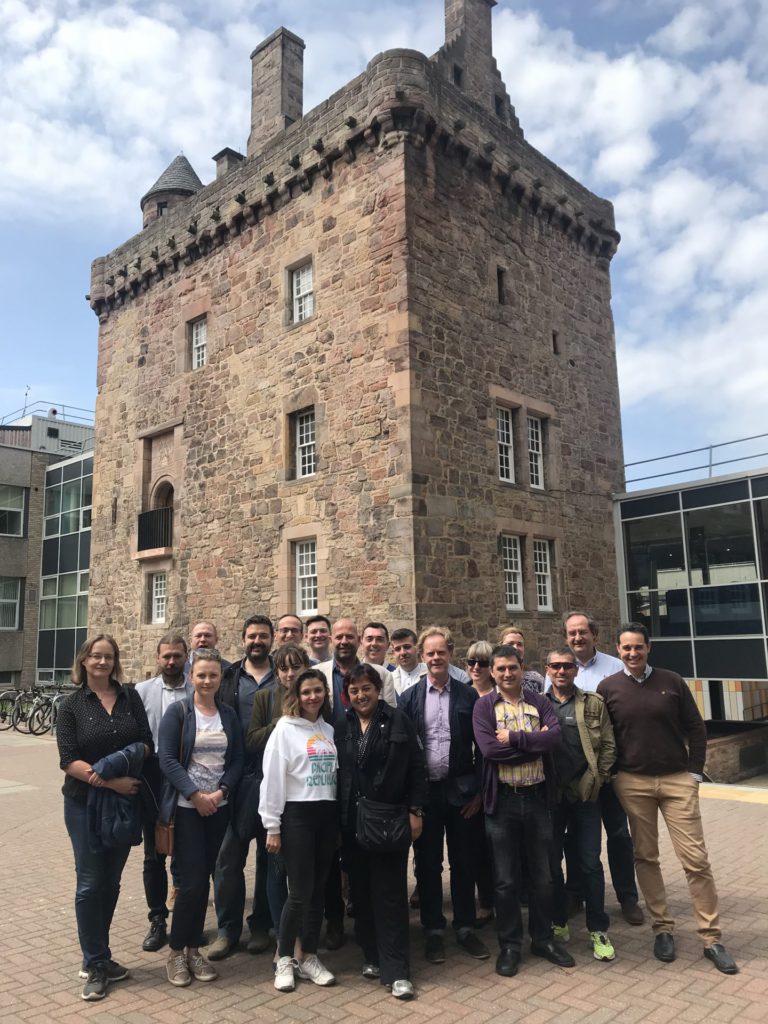
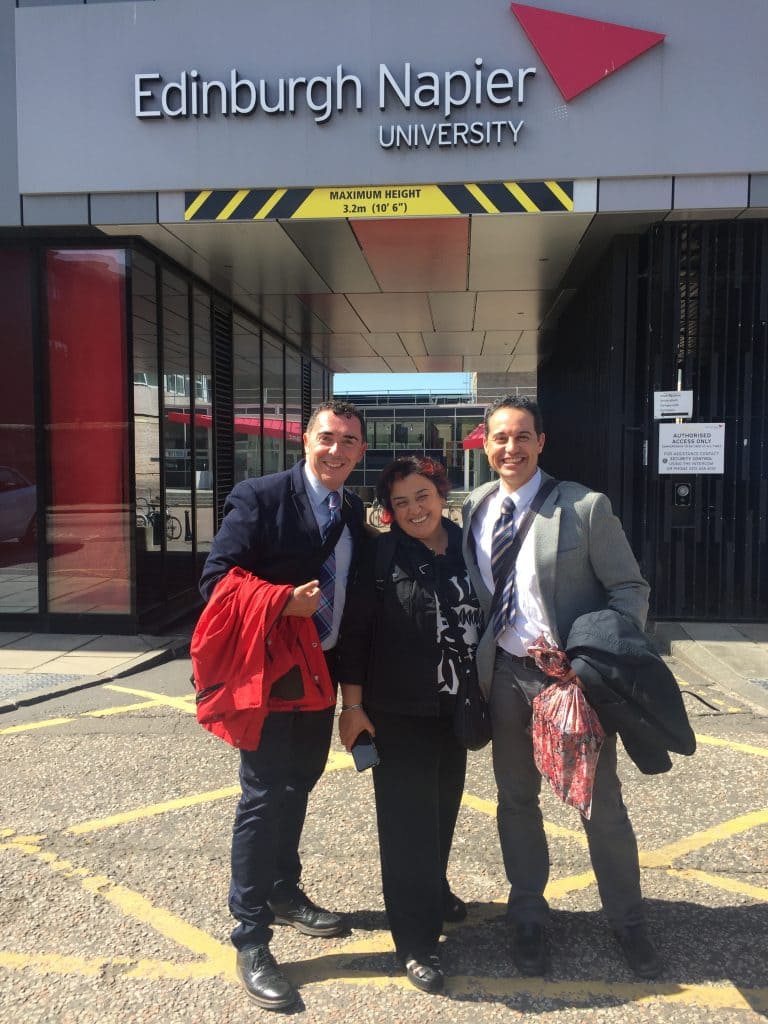
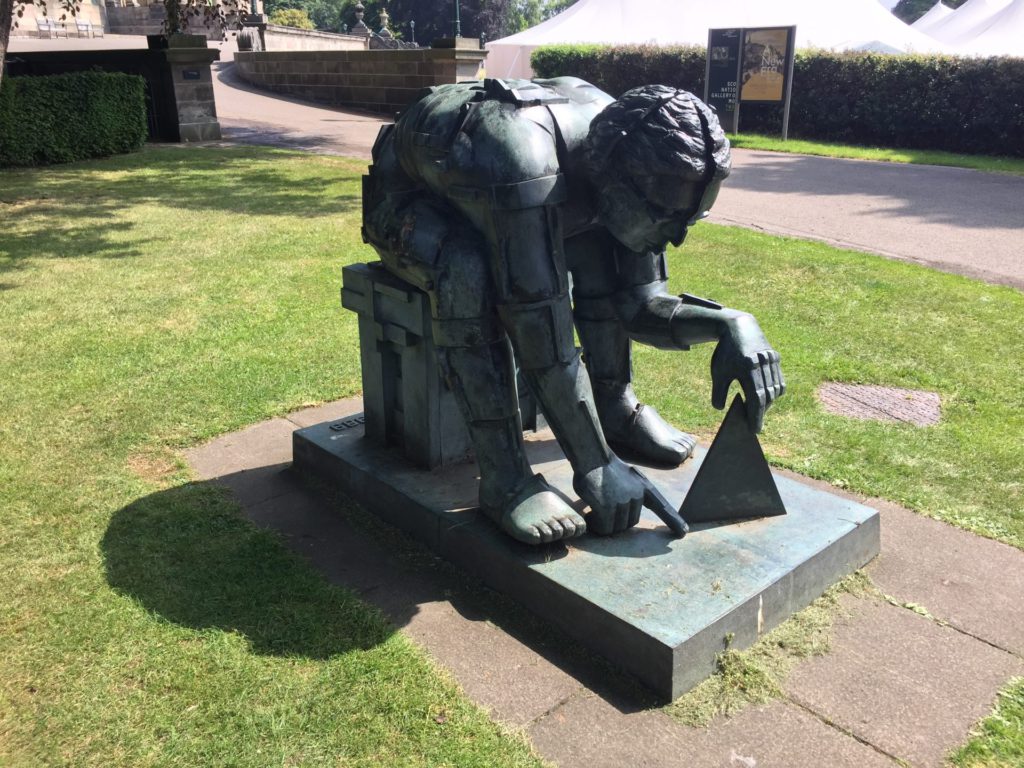
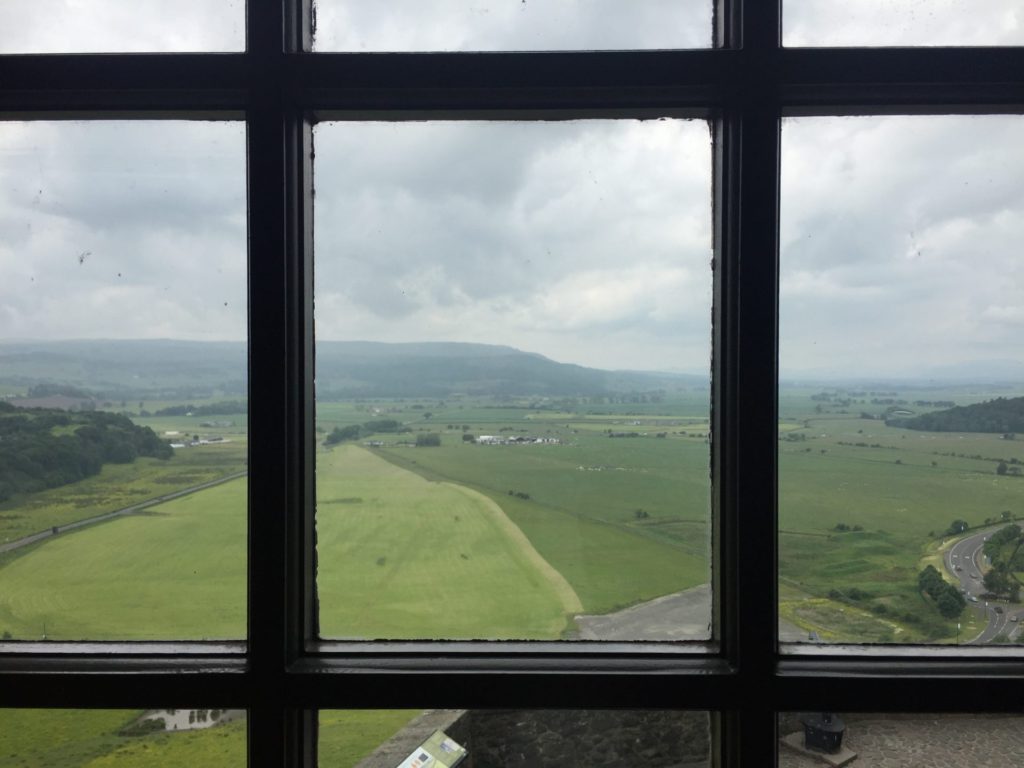
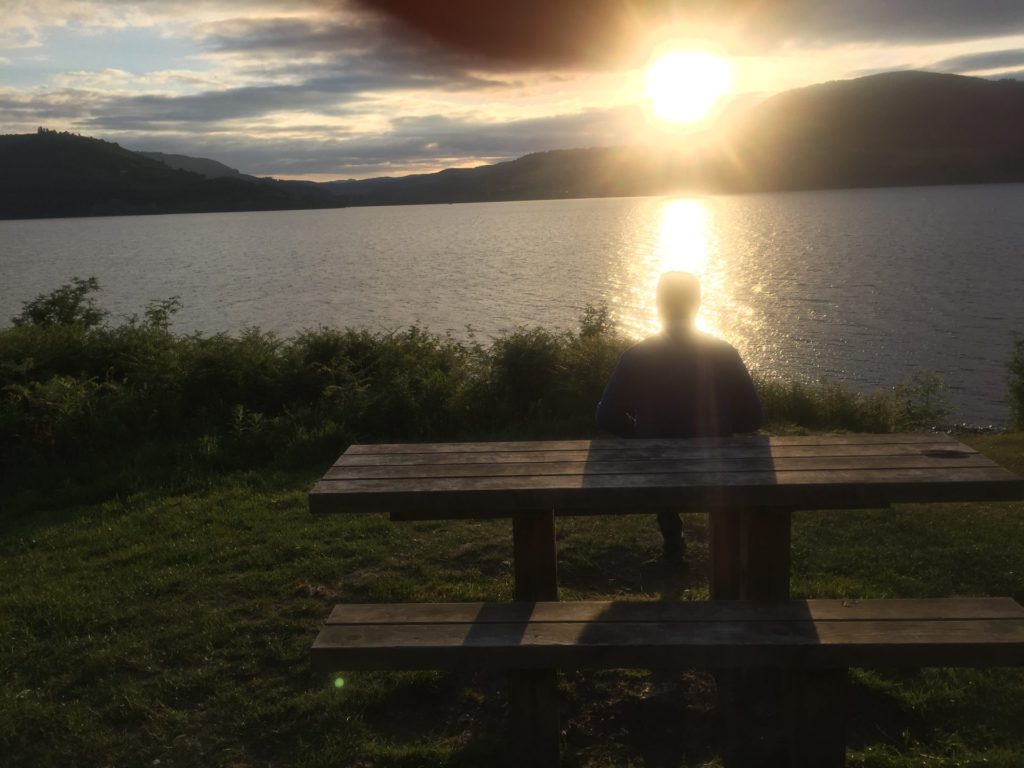
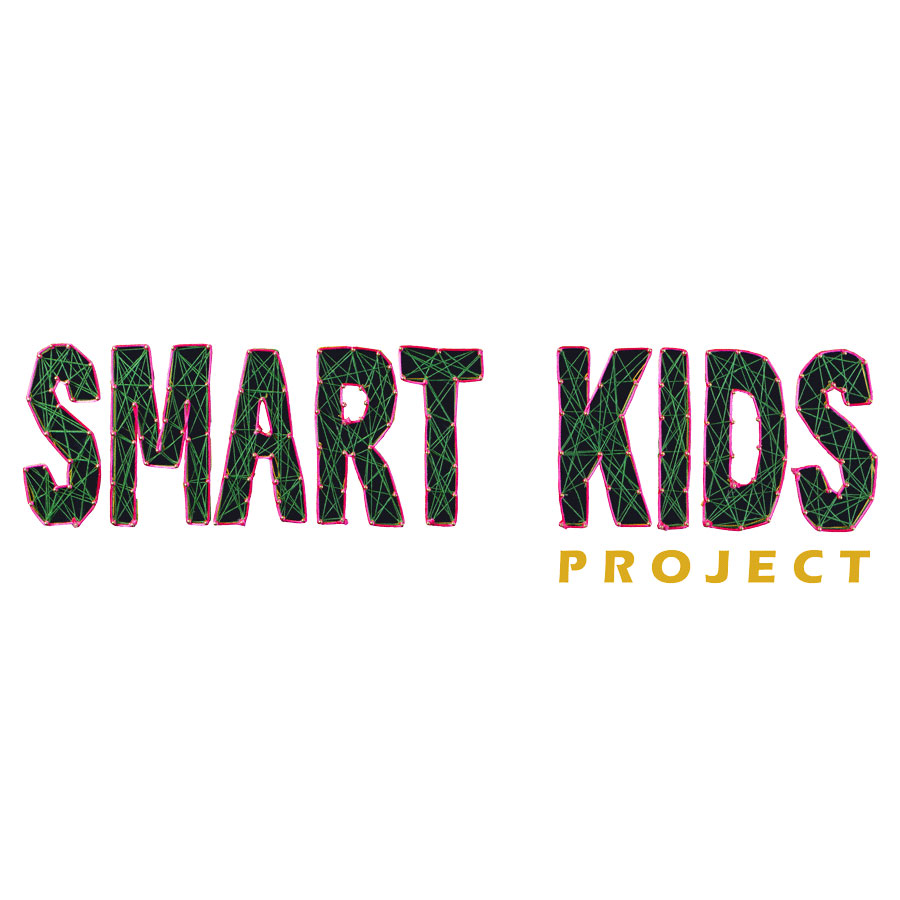
smart kids project
